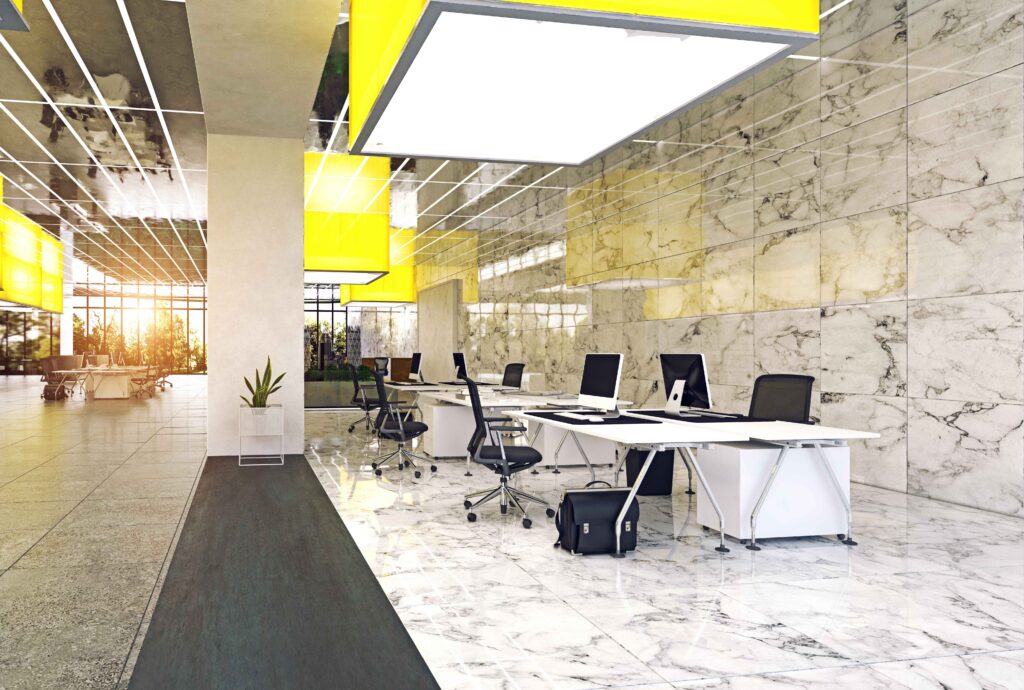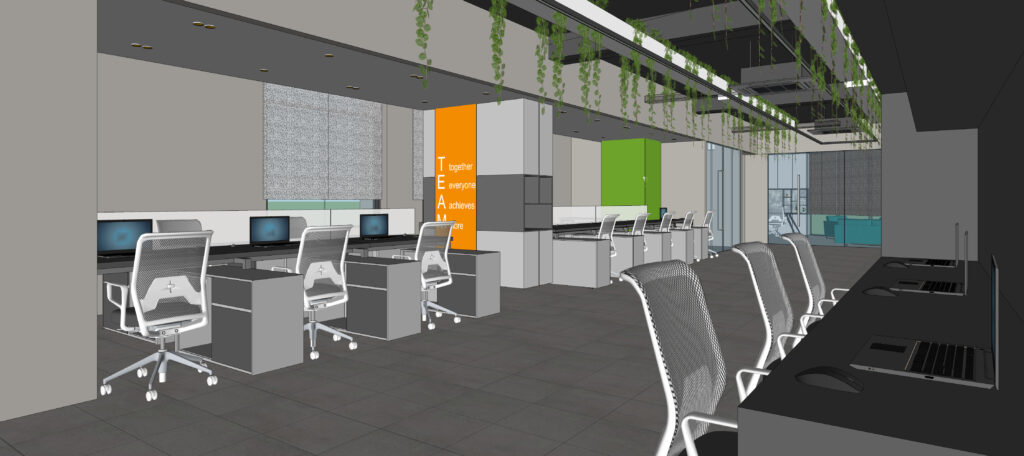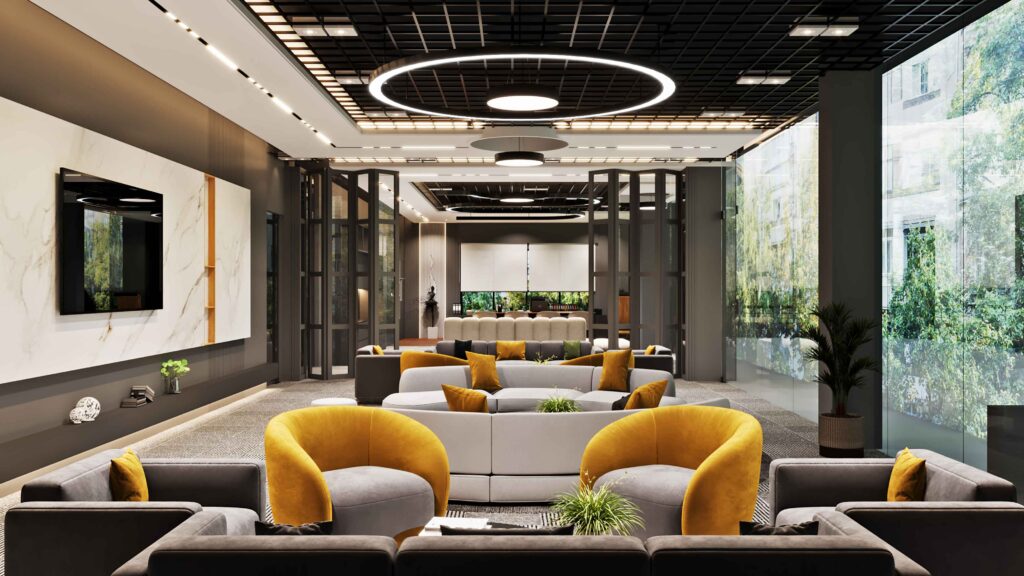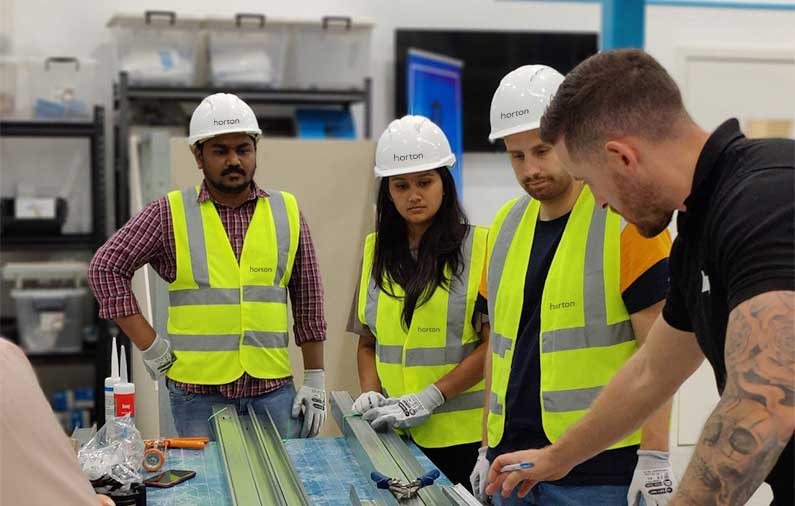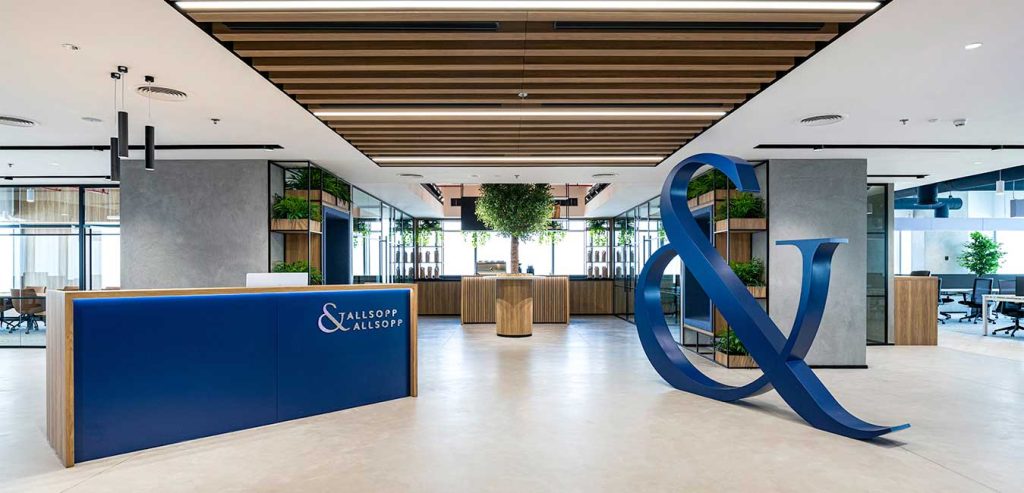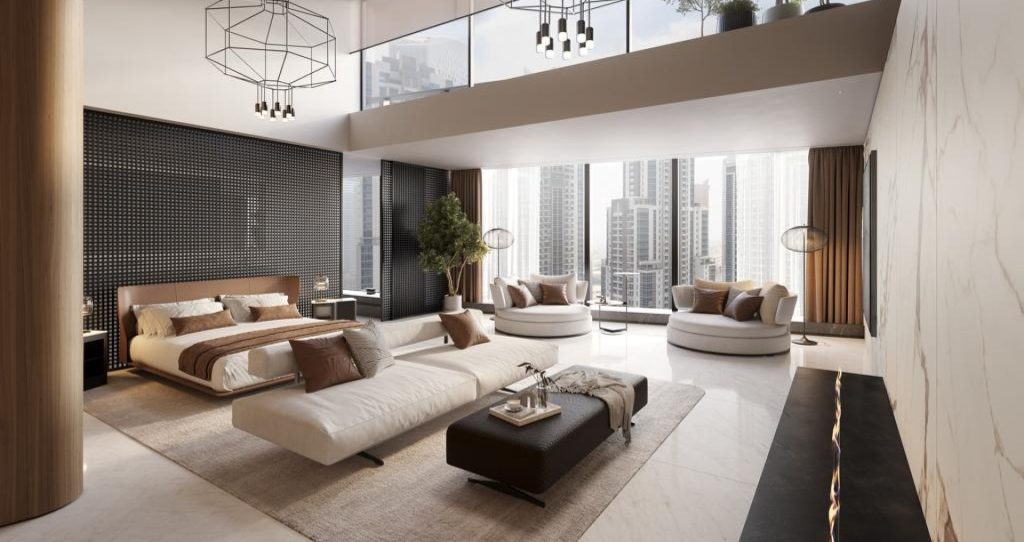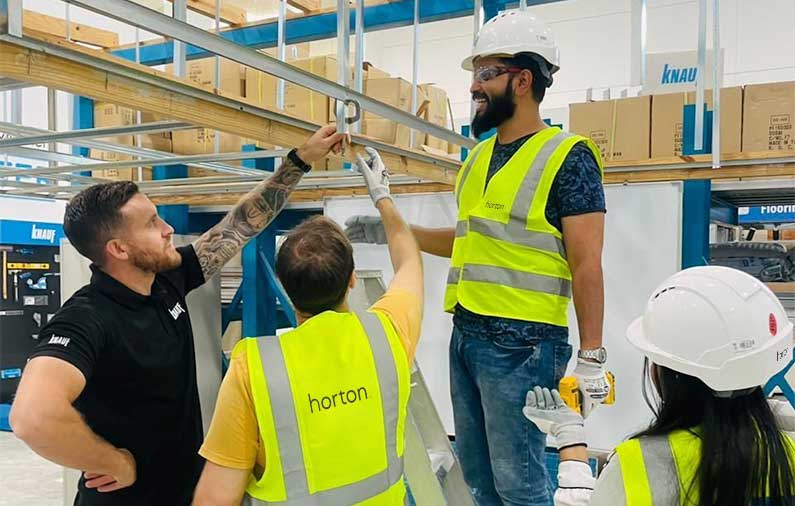New build versus renovation – weighing up your office fit-out options
There are three main choices when it comes to an office fit-out – build new, renovate your current space, or acquire and renovate a new space. Deciding between these options will greatly your project’s budget, timescale, and the resulting structure.
1. Which is the most cost-effective?
Cost is one of the most influential factors in a fit-out project. We all want to get the most for our money, and when it comes to choosing whether to build new or renovate, the decision often comes down to which one makes the most financial sense.
The price of building new
It probably won’t come as a surprise to know that starting with a shell and core space in a brand-new building is usually more expensive. In exchange for a clean slate, you will be responsible for all of the site work, utility installation, and the construction of the partition structure, taking into account the acoustic factors. Because building new typically includes a more complex scope of work, more man hours, and more materials, the costs add up. However, there are some instances where renovations can actually cost more.
The price of renovations
When repurposing an existing space, you must cover the cost of changing the partitions to suit your needs. You will also be responsible for upgrading it to meet the latest health and safety codes. Some of the existing features might be able to remain, keeping the renovation costs down. Generally, the older the building, the more it will cost to renovate. Renovations can also leave room for the unexpected. You can’t be sure of what conditions or surprises you will encounter once construction begins, potentially adding extra costs and delays.
This is especially true if toxic building materials, like lead paint or asbestos, were used in the original construction and need to be mitigated. On the other hand, if you’re just looking to freshen up and revitalize your office, and it was built or updated in the past few decades, renovations are generally more affordable.
2. Which takes longer?
The duration of your fit-out will vary based on your project’s scope, the building’s condition (if renovating), and whether your organization’s operations need to continue alongside construction activities.
New fit-out duration
New fit-out projects usually take longer than a renovation due to the sheer amount of work required. This will include the full MEP works, equipment and furniture installation, and project coordination.
The duration of a renovation
Renovations can often be quicker because you’re not starting from scratch. Many of the necessary work packages are already in place and can be integrated into the renovated space, meaning that your construction team will have much less work to do.
That said, there are exceptions. Historical and older buildings can take longer to renovate than building new.
One crucial factor to consider when choosing whether to renovate or build from scratch is the impact it would have on your operations. If you are remodeling the facility you’re currently operating from, you may have to adjust your operations to work safely alongside your construction team.
3. Which results in a more attractive and functional design?
Designing a new building
In most cases, building new gives you more control over how the result looks and how the space will function. With a new space, you can design the project exactly to your needs – from size and layout to energy efficiency and cost-effectiveness.
Re-designing a renovated building
You are a little more limited in terms of the existing partitions and MEP services with renovations. While you can certainly move walls, add to the structure, and adapt the building to suit your requirements, you won’t be building your vision from the scratch. That said, renovated and repurposed spaces can still have a unique character that’s harder to create with a new build. The charm of an older building can go a long way in designing an attractive space that customers, clients, and employees will want to occupy. Think 19th- century factories with brick walls and floor-to-ceiling windows repurposed into apartments, or characterful older houses turned into an office. But remember, beauty is in the eye of the beholder, and functionality ultimately depends on your individual needs.
Rounding up the pros and cons
To conclude, opting for a new fit-out versus renovating will depend on your scope. It is an important decision that will influence nearly every other step you take during the fit-out, impacting both budget and schedule. Overall, building new gives you more control and you can easily tailor it to your specific needs and objectives. However, brand-new spaces can be more expensive and take longer than renovating a moderately new building. With renovation, you will be somewhat bound by the existing partitions and MEP services. However, if you are just looking for a refresh, renovating is likely to be more cost-effective.





